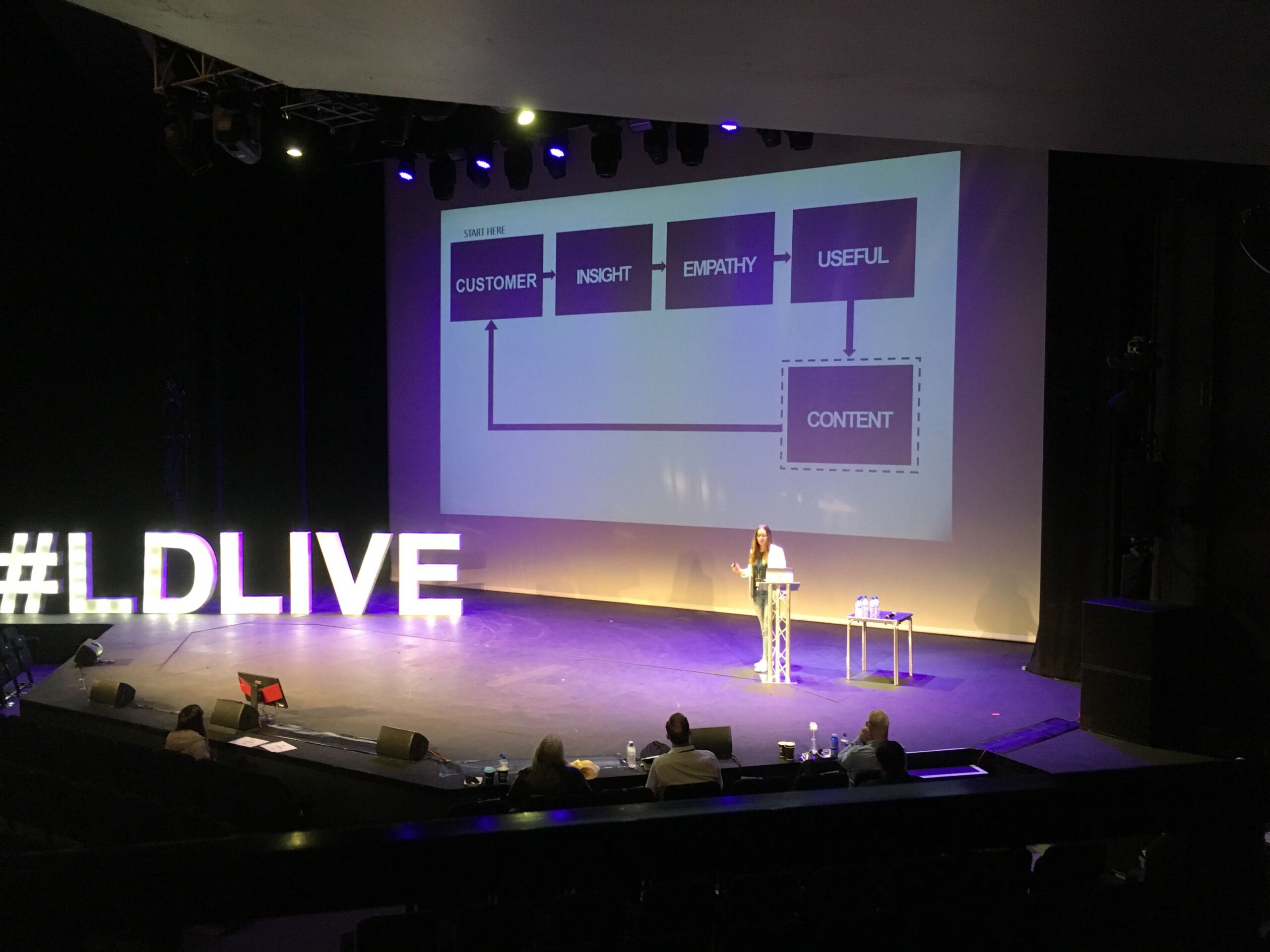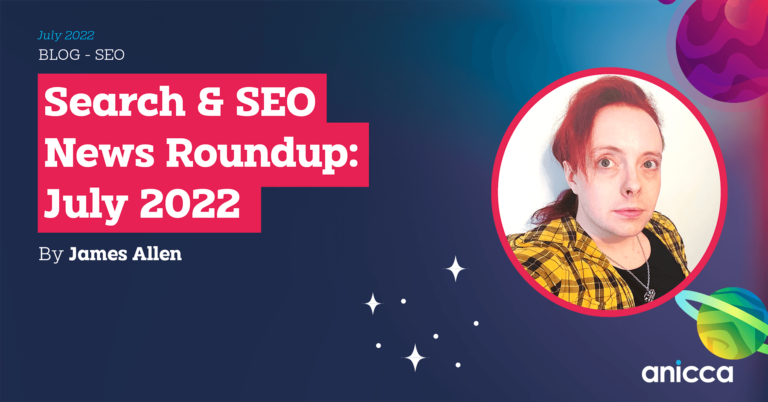The Only Source You *Really* Need For Content Inspiration
Maddy Potts, Head of Digital at the University of Nottingham, wastes no time in encouraging us to ditch the ‘content is king’ mantra, before revealing the only source you need to tap into for content inspiration.
Over the last few years we’ve all had it drummed into us that ‘content is king’, but what does it mean? Inspire. Entertain. Inform. These are the three elements we’ve all been told to incorporate into our content marketing plans in order to elevate content to royal status, but these structures aren’t fit for purpose in 2019.
Users aren’t visiting brands to be inspired or entertained. Brands simply cannot compete with those that are entertaining, such as Netflix or YouTube. The latter has 360 hours of video content uploaded every hour, so it is impossible for brands to compete.
So, what’s the solution?
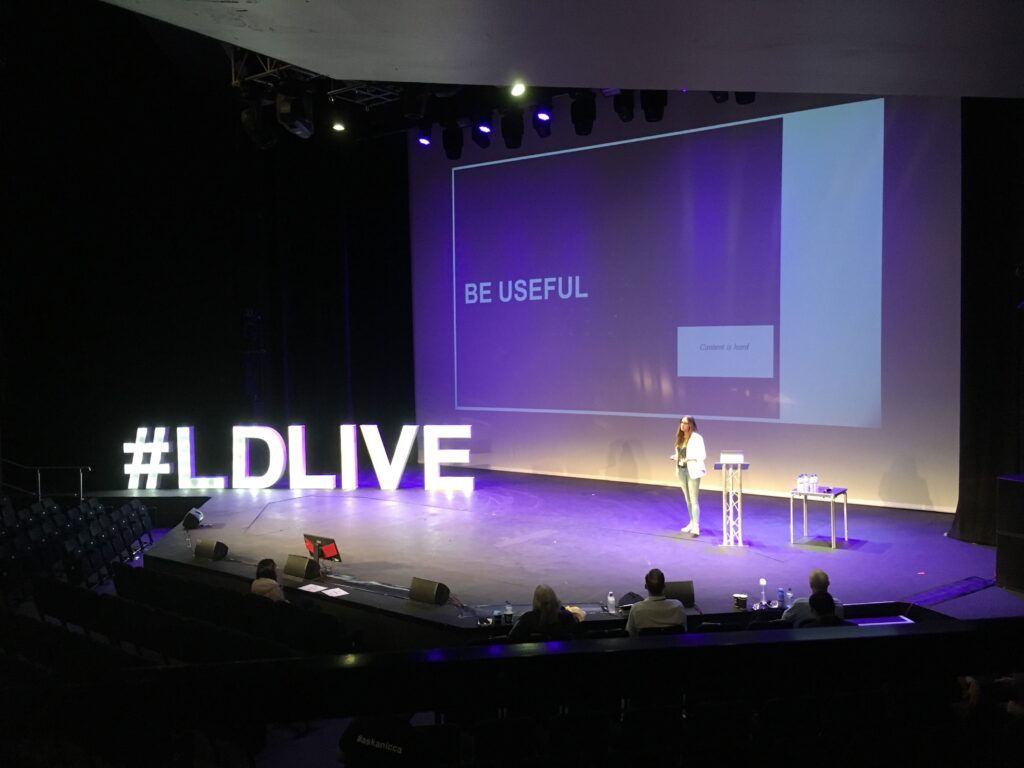
Customer Feedback Takes the Crown
Peer to peer feedback, ratings and reviews – these are now the number one way that users research products and services.
It is now possible to source reviews of everything, from holidays and restaurants to employers and universities. TripAdvisor, Student Rooms, Glassdoor, Good Reads, these are just some examples of where users are now sourcing reviews.
Therefore, in order for your content to resonate with your customers it needs to be useful and answer any questions they might have about your product or service.
The Key to Good Content
Creating content is getting more difficult because substandard content no longer works. You need to produce content that is useful to the customer, but how do you know what is useful to them?
Customers are the only ones who know what useful means to them, so the real key to producing good content is empathy.
You need to anticipate your customers’ needs.
The planning, designing and measuring of content is only done properly if we are empathetic.
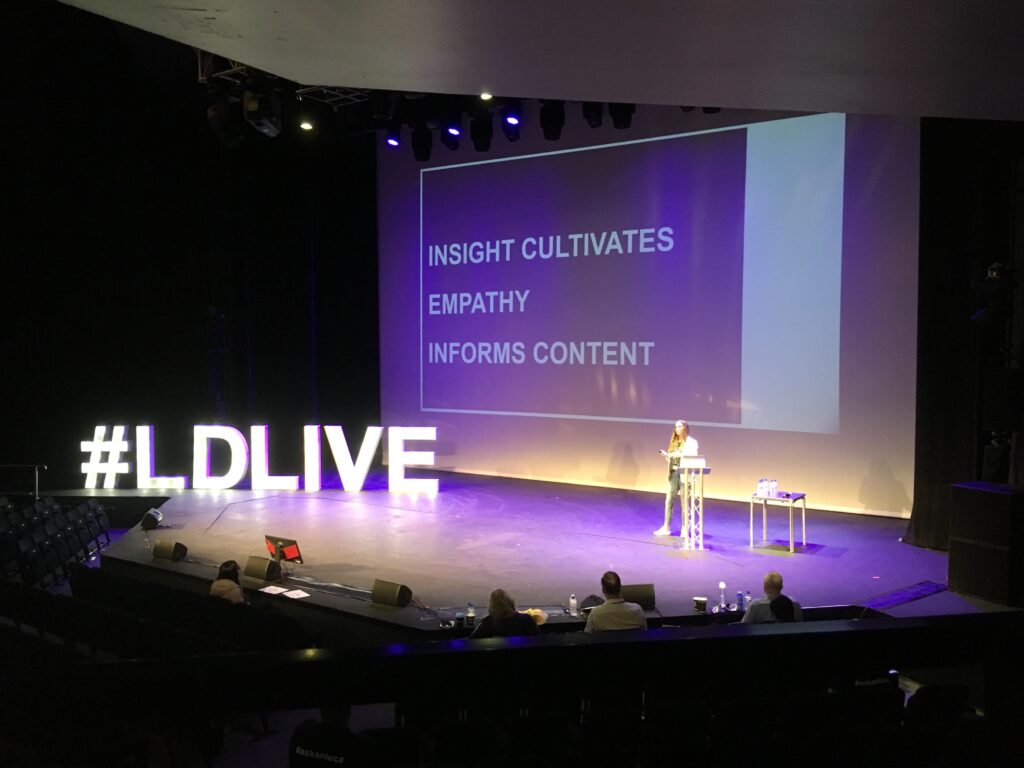
How do you know what customers need?
Ask them.
Market research used to be expensive and mostly out of reach for brands. However, it is much more achievable now for brands of all sizes.
Users are constantly publishing online, through social media and review platforms.
That means that your content should always be improving and utilising the 24-hour direct line that you have to your users.
There are free and low-cost ways to find out what your users are thinking. Tools like Search Console are useful to find out what people are searching for when visiting your website.
You should also look at what people searching for when they use competitor sites.
Reviews and forums are a good source of insight for consumer needs.
You should also ask customer-facing staff, as they know what clients need, they might have vital feedback on the on boarding process or what issues people are ringing about. If users are activity contacting you to find the answers, then these are queries that you are not answering on your website.
Facebook groups are a valuable source of information. You can create a community by recruiting an online focus group through your social channels. This ensures your focus group is always on and always available. Get specific with your users and ask what content they like, what content would be useful.
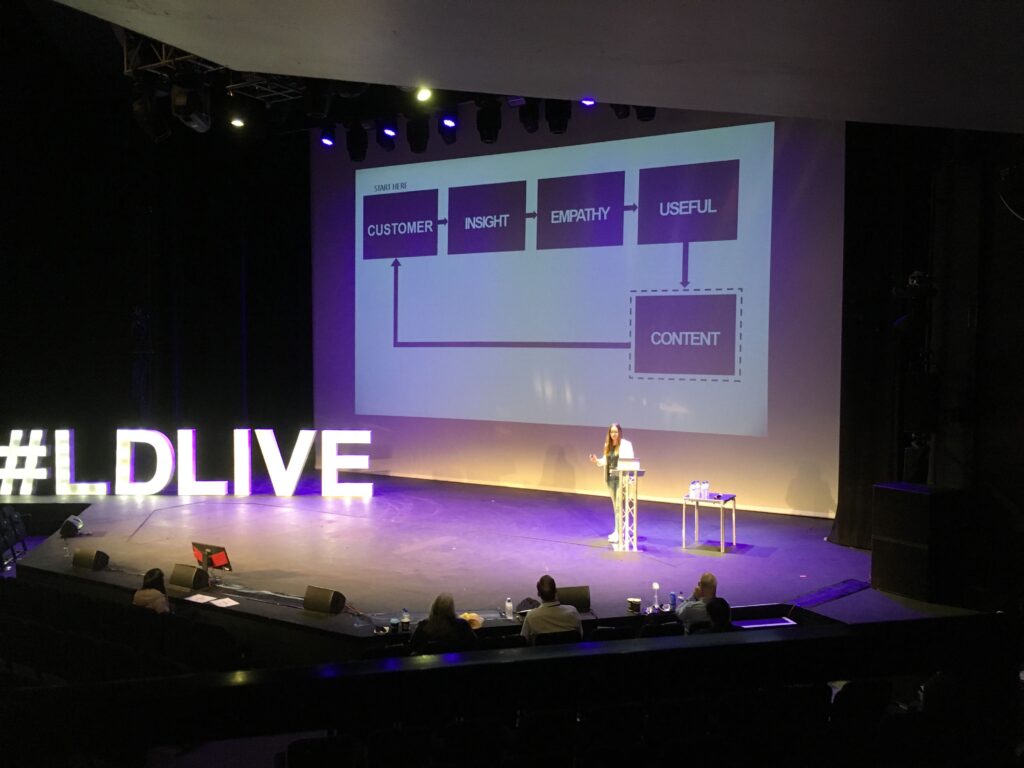
Creating Good Content
Asking audiences what type of content would be useful or beneficial comes with risks.
Audiences might not know what content they want. They might say video, without really knowing what the context of that video would be.
Directly asking audiences doesn’t provide enough insight. If we only rely on data from users our competitors could do the same.
Keeping users at the centre of our content mitigates this problem.
Swap quantitative data for qualitative data and have useful, enriching conversations with your users.
Ask about their pain points, what do they like, what do they not like.
Insight cultivates empathy, which should then inform your content.
Don’t ask users what they want, instead ask what problems they have, then use that insight to intuit what content they need.
Guessing what content audiences want is when we get it wrong, which costs time and money.
Your customer should be the basis of your content plan.
Examples
Botanicals natural, vegan skincare range – users were looking for ethical content, this content gap was discovered through customer reviews.
YourGoodSkin – used a Facebook community group to ask the person who gave women a boost. Adult women said they were boosted by their mothers. Knowing that social stories resonated well with the user group, they created video content of normal women having conversations with their mums.
Key takeaway:
Good content isn’t about funnels or strategies. It’s about empathy.
Read more content tips from Leicester Digital Live from Fernando Angulo of SEMrush, Judith Lewis of DeCabbit Consultancy and Jason Miller, Head of Brand Marketing at Microsoft.

